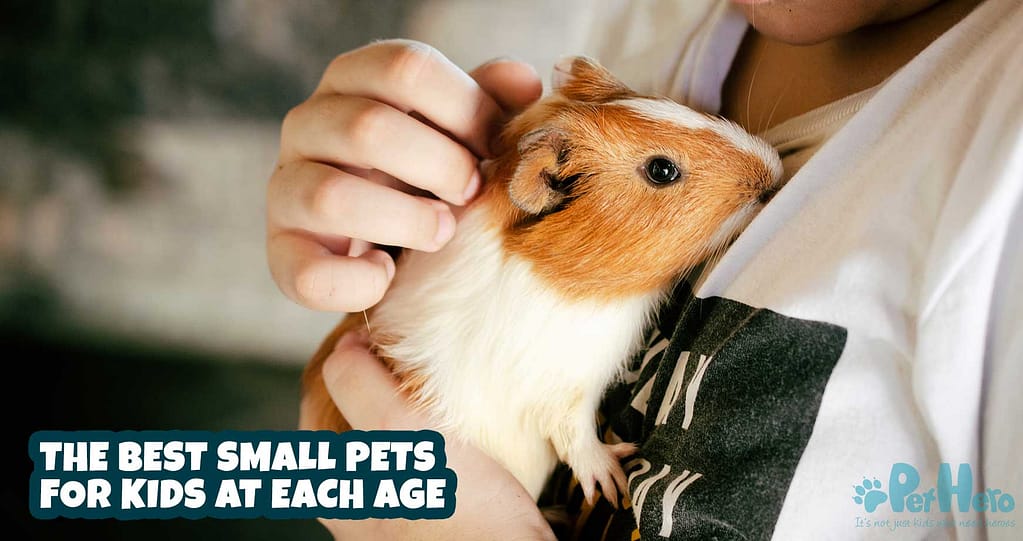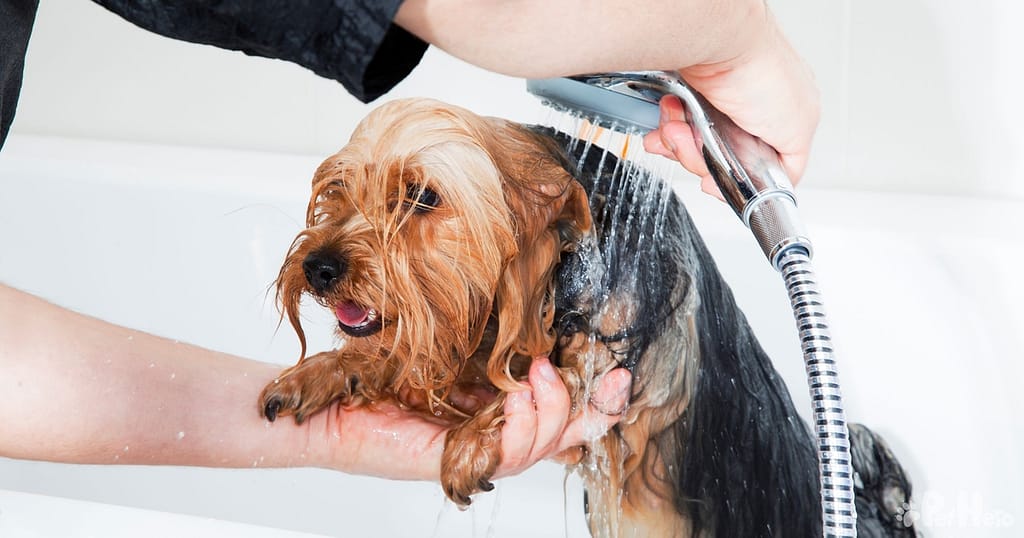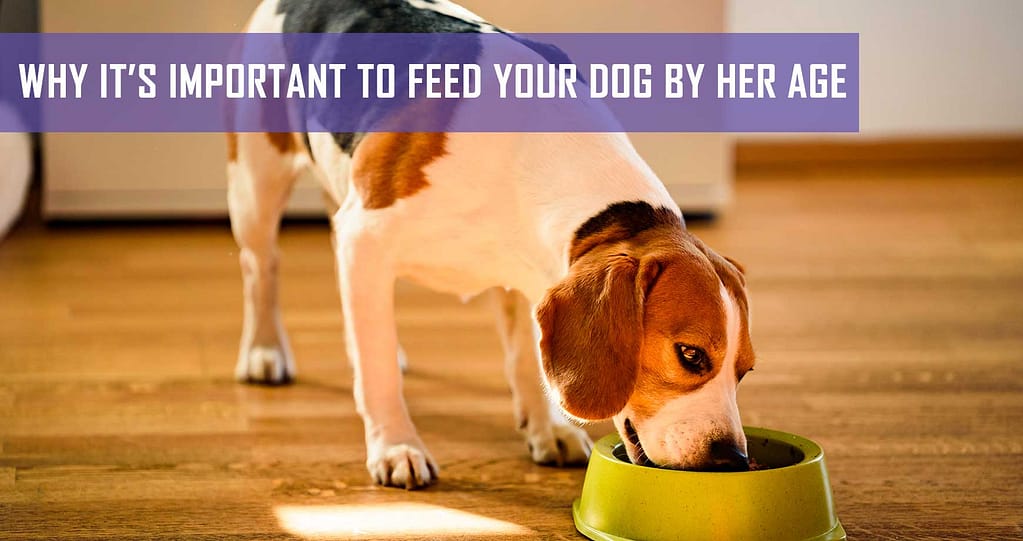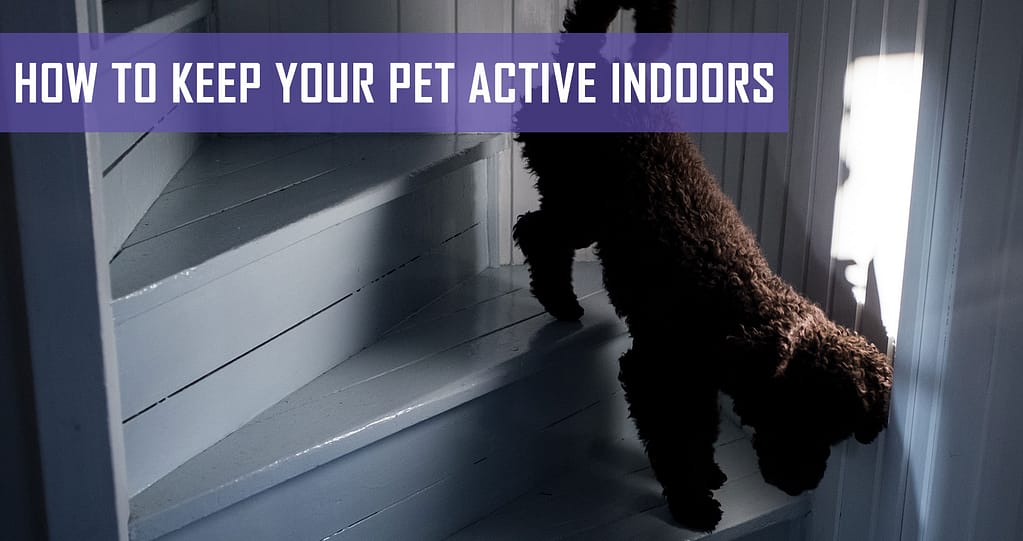Pet care is a special skill that can be nurtured in children from a young age. This kind of responsibility can be gradually taught – from caring for an ‘easy’ pet and graduating to each next level until a child or teenager is solely responsible for the care of their furry, purry, feathered, finned or fuzzy buddy.
To make it a little easier – and as a stepping stone to your own research – we’ve compiled a list of the best small pets for children at each age.
0 – 5 years old
Children younger than five years old might not yet be able to separate the idea of pets and toys, and may end up treating the pet as an inanimate object. Best to be on the safe side and wait until your child shows they can make this important distinction.
We recognise that all children are different, so the discretion lies with you to determine when your child is ready for the responsibility of pet care.
6 – 8 years old
Freshwater fish are the ideal starter pets for children: they are beautiful, calming to watch, and relatively easy as far as consistent pet care goes. If you are not yet a fish enthusiast, you will need to do the research for keeping lower-maintenance fish like Siamese fighters (betta fish) or goldfish, so you can provide the most enriching environment for your young child’s new finned friend.
You will have to lead the way when it comes to important pet care points like:
- aquarium setup
- water conditioning
- tank enrichment (caves, plants, etc.)
- fish companions
- tank cleaning
- proper feeding intervals and amounts, etc.
However, once your child has demonstrated routine responsibility, they can probably take over these chores with your role falling to that of supervisor.
9 – 10 years old
At this point, your growing tween may be ready for more tactile interaction with a pet. Trying to stroke a fish can get frustrating after a while! Now it may be time for a fuzzy friend. If your mind immediately gravitates towards hamsters, rabbits and guinea pigs – wait! Contrary to popular opinion, hamsters and rabbits DO NOT naturally like to be picked up and held, as this triggers their survival instincts and they may bite. Only hamsters and rabbits that have been sensitively handled from a very young age will be okay with human interaction.
Guinea pigs are a good option for this age group as they are more tolerant of human interaction. They also enjoy playing and running around, and can even be taught to run obstacle courses and do tricks.
Domesticated rats absolutely love socialising with humans. They are intelligent, sociable animals with the ability to learn many tricks and commands. If your child is game for the idea, a rat buddy would provide endless hours of fun and the opportunity to learn about routine care, the discipline of training, and awareness of others’ needs.
The same rule applies: you would first need to research guinea pig care and rat care in order to guide your child with their new fuzzy friend. The important areas of research include:
- habitat
- nutrition
- interaction and training
- veterinary care
- enrichment (toys, hides, etc.)
- treats
- lifespan
11 – 14 years old
When they are more aware of the pet’s unique needs, older tweens and teens may be ready for the complex care and patience required for hamsters and rabbits. There are many different species of hamsters and rabbits – each one with its own traits and needs. These need to be sensitively met in order to give the animal the best chance at a (relatively) long and healthy life.
There are some wonderful resources on YouTube that explain the best type of care for each specific hamster or rabbit species. You and your child will need to ensure their fuzzy buddy has:
- enough space to eat, sleep, explore, interact and do their business
- the correct food
- the correct bedding
- the appropriate toys or enrichment
- a safe space or container while your child cleans the cage, hutch or living quarters
- regular vet visits
The same rules apply to bird care – each care routine will be determined by the species of bird and extensive research is needed in order to give the individual bird the best care possible for their lifelong wellbeing. At the start of your child’s pet care journey, it’s up to you to do the necessary research and provide the initial care and supervision. However, if your child takes on their role as pet parent with passion and responsibility, you may end up with a true pet hero who promotes and advocates for the wellbeing and correct care of all pets!






